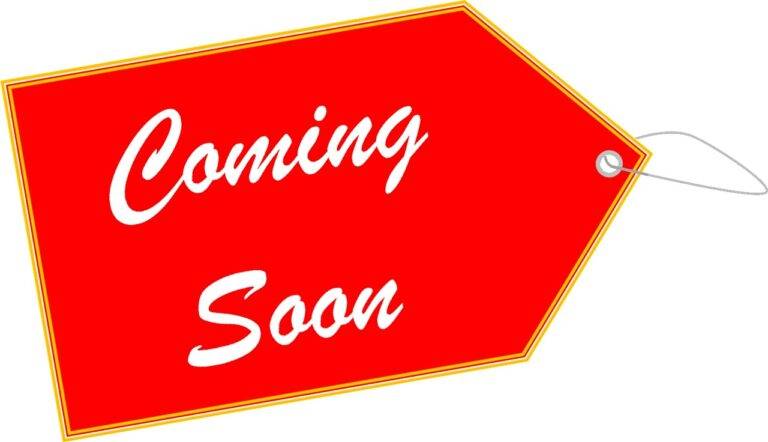Strategies for Effective Crisis Communication: Maintaining Trust in Times of Uncertainty
Identifying potential crisis scenarios is a crucial aspect of proactive crisis management within an organization. By conducting thorough risk assessments and scenario planning, businesses can anticipate and prepare for various crises they may encounter. These scenarios can range from natural disasters and cybersecurity breaches to product recalls and reputation damage. It is essential for organizations to create a comprehensive list of potential crisis situations that could impact their operations, stakeholders, and overall reputation.
Through engaging in scenario analysis and considering both internal and external factors, companies can stay ahead of potential crisis situations. For instance, examining past incidents in the industry, monitoring current trends and issues, and assessing vulnerabilities in the organization can help in identifying potential crisis scenarios. By being vigilant and proactive in identifying these potential threats, businesses can develop tailored crisis response strategies and communication plans to mitigate the impact of a crisis when it occurs.
Establishing Clear Communication Channels
Clear communication channels are essential in any crisis situation. Without them, misinformation and confusion can easily spread, making it more challenging to address the problem effectively. To establish clear communication channels, organizations should determine the primary methods through which they will disseminate information to internal and external stakeholders. This may include utilizing email, text messages, phone calls, social media, or other digital platforms that are commonly used by the target audience.
Organizations should also consider establishing a centralized communication hub where all relevant information is consolidated and easily accessible. This hub can serve as a go-to resource for employees, customers, media representatives, and other stakeholders seeking updates and guidance during a crisis. By having a designated platform for communication, organizations can ensure consistency in messaging and avoid conflicting information being shared across different channels.
Developing a Crisis Communication Team
When assembling a crisis communication team, it is essential to ensure that members are well-versed in the organization’s objectives, values, and communication protocols. Each team member should possess strong communication skills, be able to think critically under pressure, and work effectively in a fast-paced environment. It is advisable to appoint individuals from diverse departments within the organization to bring varied perspectives and expertise to the team.
Furthermore, clear roles and responsibilities should be defined for each team member to avoid confusion during a crisis situation. Designating a team leader who can make quick and informed decisions is crucial to the team’s success. Regular training, practice drills, and simulations can help the team members familiarize themselves with their roles and responsibilities, as well as enhance their ability to collaborate effectively in high-stress situations.
Why is it important to identify potential crisis scenarios?
Identifying potential crisis scenarios allows for proactive planning and preparation, enabling the crisis communication team to respond quickly and effectively when a crisis occurs.
How can clear communication channels help in crisis management?
Clear communication channels help ensure that information is disseminated quickly and accurately to all relevant stakeholders, minimizing confusion and misinformation during a crisis.
What are the key qualities to look for in members of a crisis communication team?
Members of a crisis communication team should possess strong communication skills, the ability to remain calm under pressure, and experience in crisis management or public relations.
How should a crisis communication team be structured within an organization?
The crisis communication team should be cross-functional, with representatives from various departments such as PR, legal, HR, and operations. A clear chain of command and designated roles and responsibilities should also be established.
How often should a crisis communication team conduct drills or exercises to test their readiness?
It is recommended that the crisis communication team conduct regular drills or exercises at least once a year to test their readiness and identify any areas for improvement in their crisis response plan.







